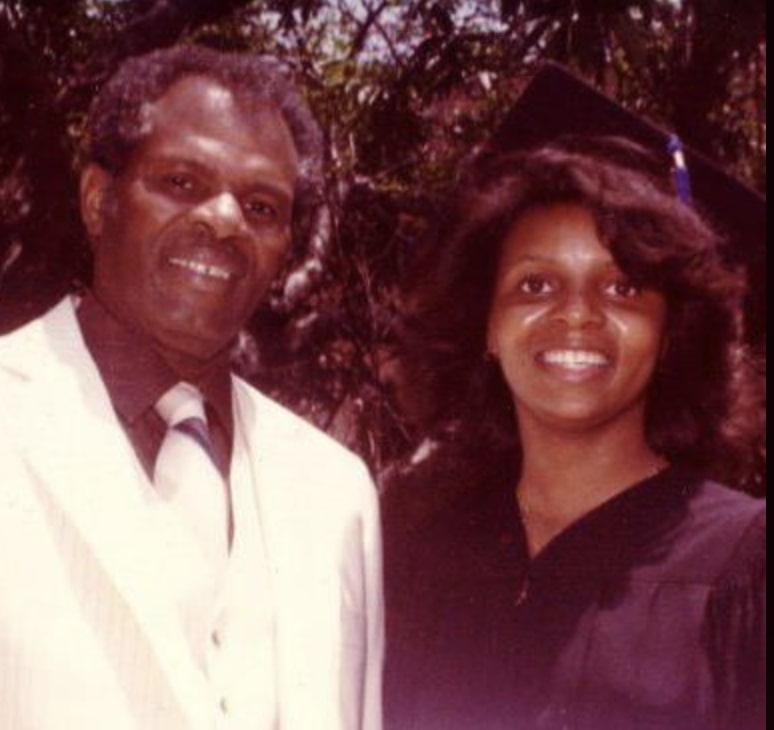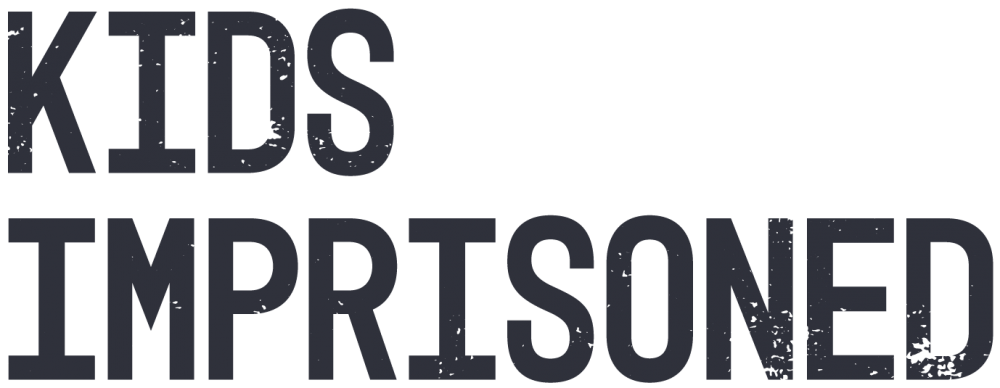Photo illustration by Michele Abercombie
In most schools, the landmark Supreme Court case Brown v. Board of Education is taught as a major victory for reaching equality in education. The 1954 decision desegregated schools and united Black and white students under one roof.
What they don’t mention is what the nation lost after Brown versus Board of Education, and how it laid the groundwork for the school-to-prison pipeline.
In a 2019 study by Princeton University, researchers found that Black students were three times more likely to be suspended than white students.
Forty-five years ago, this rate was the same.
The first national study on school suspensions by the Children’s Defense Fund in 1975 attributed this statistic to racism among white teachers, specifically in the South. It pointed directly to the school-to-prison pipeline before the term was coined.
It noted how vague codes of conduct leave room for teachers to assert biases, how exclusionary discipline harms students, and how this kind of discrimination can push a child into juvenile deliquency.
It asked the federal government to set up a compliance policy to hold schools accountable for “widespread and systematic” discrimination. Although the U.S. Department of Education now has a guidebook and sometimes conducts its own investigations into school districts, no official compliance policy has ever been implemented.
“The U.S. school system was never designed for us,” said Kenneth Eban, director of policy and advocacy for the Advancing Equity Coalition in Minneapolis. “When the Black community started to build their own schools and develop their own systems, that was essentially and literally destroyed through Brown v. Board of Education.”
Before integration was law, Black schools served multiple functions in their communities. They created classroom environments designed to teach students they could be whatever they wanted to be. Black educators were advocates in their communities and networks of support for their students, said Vanessa Siddle Walker, an education historian and professor at Emory University who has studied the effects of the landmark court case.
Some, like the Valena C. Jones Elementary School in New Orleans, taught their students to become productive American citizens. The elementary school was fashioned after a Republic with each classroom designated a state with a governor, judge, policemen and other government officials.
Before there was a Voting Rights Act protecting their Black teachers’ right to vote, Black students were learning to be part of a government.
After the 1954 decision, historians estimate about 38,000 Black teachers in the South lost their jobs. White parents didn’t want their children to be taught by Black people. If Black schools didn’t shut down, white teachers replaced Black teachers in them. In 1966, American Teachers’ Association, the Black teachers’ organization, merged with the National Education Association, which is still in operation.
“It became clear that the NEA, particularly in the beginning, was less interested in equality in merging and more interested in just accomplishing a merger,” Walker said.
The impersonalized approach resulted in a negative environment that does not encourage Black children to have aspirations and lacks advocates, Walker said. By dropping Black students into white schools, desegregation created a harmful environment without specific efforts to address Black students’ needs.
Tiffanie Harrison attended school in Round Rock Independent School District, where she now teaches in Round Rock, Texas. The district is 9% Black.
“I think that as a student in a largely white community, I was really encouraged to be color blind, which is really harmful because it’s not a thing,” said Harrison. “If you don’t see color, you don’t see people.”
Studies after studies show Black students achieve most when they are taught by Black teachers, and they achieve least when taught by white teachers.
In Los Angeles, where Southerners had increasingly fled Jim Crow, a school police department was created in 1948 to patrol increasingly integrated schools and protect against foreseeable property damage, according to a study by The Advancement Project, a Washington, D.C.-based advocacy group.
These origins have led to an atmosphere of mistrust and overcriminalization of Black and brown youth in public schools, said Maria Fernandez, the group’s senior campaign strategist. She said this atmosphere does not address the root issues of a child’s behavior, and instead intensifies them.
For Rosemarie Allen, a social justice educator in Denver with expertise in early childhood development, this feeling is familiar. Black girls receive more discipline in school than any other student.
Allen began attending school about a decade after the Brown v. Board of Education decision. She said she was taught by all white teachers, and was suspended and disciplined often. She remembers one teacher describing her behavior as “demonic.”

After the third grade, Allen said, she remembers feeling resentful toward school. She was then pushed out of three middle schools. If she didn’t have a father who constantly supported and fought for her, she said she would have entered the school-to-prison pipeline.
As desegregation efforts progressed, scholars said different types of segregation emerged.
Special education is one of them, said Steven Nelson, a professor in educational leadership at the University of Memphis and former education advocate at the Southern Poverty Law Center. Black students are overrepresented in special education settings for learning and behavioral disabilities, according to the National Center for Special Education in Charter Schools.
“I have personal experience with it when I kept getting in trouble,” Allen said. When she was in school, her teachers tried to place her in special education, but the criteria in the 1960s, when Allen was in school, was an IQ test. Her test results led to her being skipped ahead a grade.
In the 1970s, while Black students were being bused to white schools, the beginnings of the special education legislation of today emerged.
Under the Individuals with Disabilities Education Act, students with disabilities are entitled to a free appropriate public education. However, for Black students, advocates say it does the opposite.
“We may have them in the same school building, so the school building level numbers look OK,” said Nelson, who also taught and advocated on behalf of students with special education needs.
“But when you look at the special education programs,” Nelson said, “one of the things you see is that you have this disproportionality of Black students being served in those settings, especially in those self-contained settings.”
The segregation of Black students into special education, he said, contributes to Black students in those settings becoming stagnant.
Angela Mann, a school psychologist and assistant professor at University of North Florida, said academic performance of students in special education is often not included in the performance of the whole school. She said this can lead to stigma, substandard instruction and low expectations, making it difficult for these students to succeed.
“It doesn’t matter what curriculum you teach if the child doesn’t feel like he or she can do it,” said Walker, the education historian and professor at Emory University.
Even though she was smart and did well in school, Allen said her guidance counselor told her she wasn’t college material. She said she got into California State University through the Educational Opportunity Program.
As a college student, she said she still noticed the differences between how Black and white students were treated, and the disparities that existed in higher education.
“But it never broke my resolve that I was going to make a difference,” said Allen.
She remembers reading the first study on classroom climate while she was pursuing her doctorate degree in Equity and Leadership in Education at the University of Colorado, Denver. It was from 1973.
The study specifically picked students that had the same intellectual abilities. It found that Black students were given less attention, ignored more, praised less and criticized more. It said it appeared to be a “disturbing instance of white racism.”
But there was one sentence that resonated with Allen: “It is the gifted Black who is given the least attention, is the least praised, and the most criticized.”
She said this was the first time she realized and believed that she was not the label her teachers gave her. She said she wished she could call her dad, but he had already passed away.
“I must have cried for an hour,” Allen said. “If I could just tell Daddy, that it wasn’t me all those years. That it was [racism] and the fact that we didn’t prepare each other for each other, you know? And we still don’t, which is why I do what I do.”
Source photo courtesy of Florida Memory Photos



